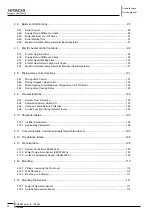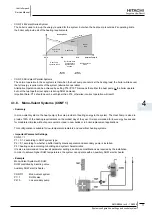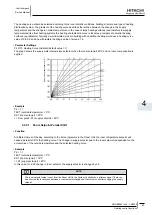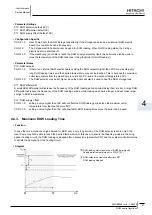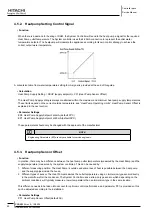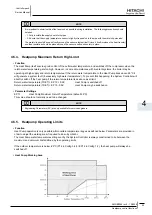
Controller pack
Service Manual
78
System configuration, settings and control system
SMGB0066 rev.0 - 12/2009
• Example
Mono-Valent System with DHW.
Hydraulic separator or buffer tank.
Secondary pump for heating system.
DHW controlled by separate pump.
Auxiliary DHW electric heater.
CONF=1
Mono-valent system
P1=2
DHW pump
P2=1
Secondary pump
4.1.9. Mono-Energetic Systems (Conf 2)
Summary
•
In mono-energetic systems, the heat pump is supplemented by a 3-stage electric heater to provide additional heating
energy to the system. The Heat Pump is sized to provide around 60% of the heating requirements on the coldest
day of the year, and will typically provide 90-95% of the heating requirements over the whole heating season. An
electric auxiliary heater is used to provide the additional heating required on cold days. Used in new builds or in boiler-
replacement applications.
Important Parameter Settings
•
CONF = 2
P1 = 0,1,2 according to DHW system type.
P2 = 0,1 according to whether a buffer tank/hydraulic separator and secondary pump is installed.
P4 = heating curve according to building and system characteristics.
P33 = 5K (electric heater return high limit offset)
The Electric Heater Return High Limit is an important check to help ensure that the heat pump operates as much as
possible even when higher supply temperatures are required, thus emphasising energy economy operation. To enable
this feature parameter P33 (return temperature limit offset) should be set to a value of 5K. Refer to the section on Electric
Heater Control for more information.
It is also recommended to review all parameter settings, and make modifications as required by the installation.
In order to achieve higher DHW temperatures, the system can operate with an auxiliary DHW electric heater.
• Example
Mono-Energetic System with DHW.
DHW controlled by diverting valve
Auxiliary DHW electric heater.
CONF=2
Mono-energetic system
P1=1
DHW valve
P2=0
no secondary pump







